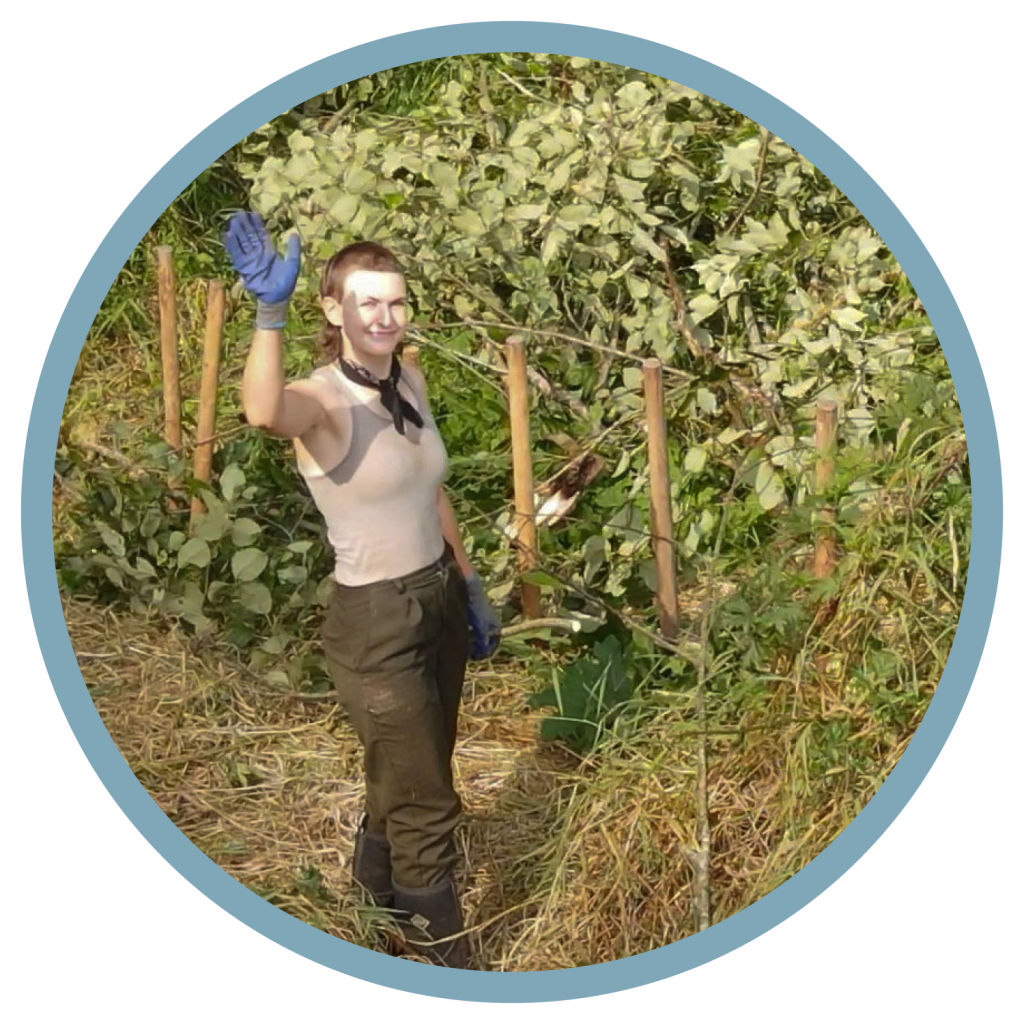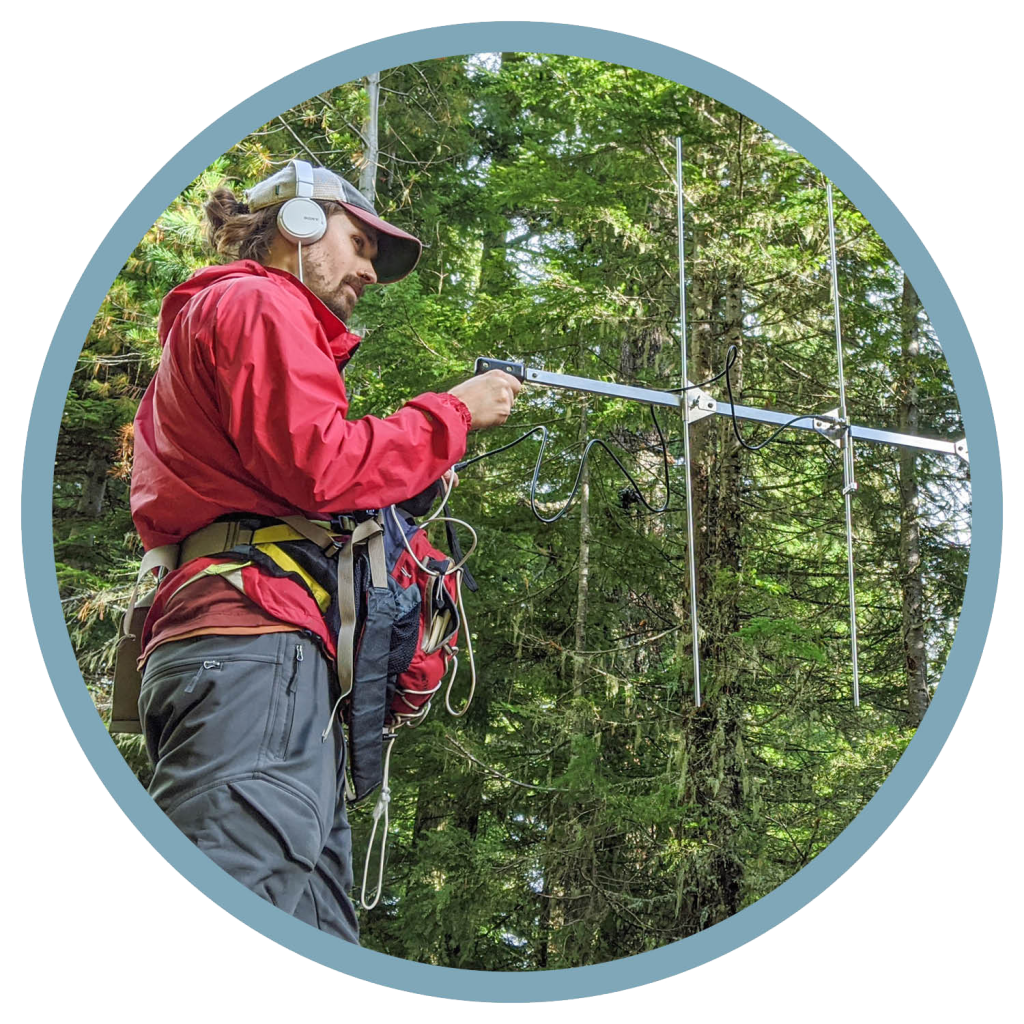Protecting Our Future UNDERSTANDING THE VALUE OF SMALL THINGS
Alex Torres worked as Cascade Forest Conservancy’s Science and Restoration Intern during the 2022 field season, and is now back at school completing his final year at the University of Chicago. We had a blast getting to know Alex, and are so grateful for his hard work on a large number of different projects.
Alex talked with CFC’s Science and Stewardship Manager, Amanda Keasberry, about his time working with us. The following was edited for length and clarity.
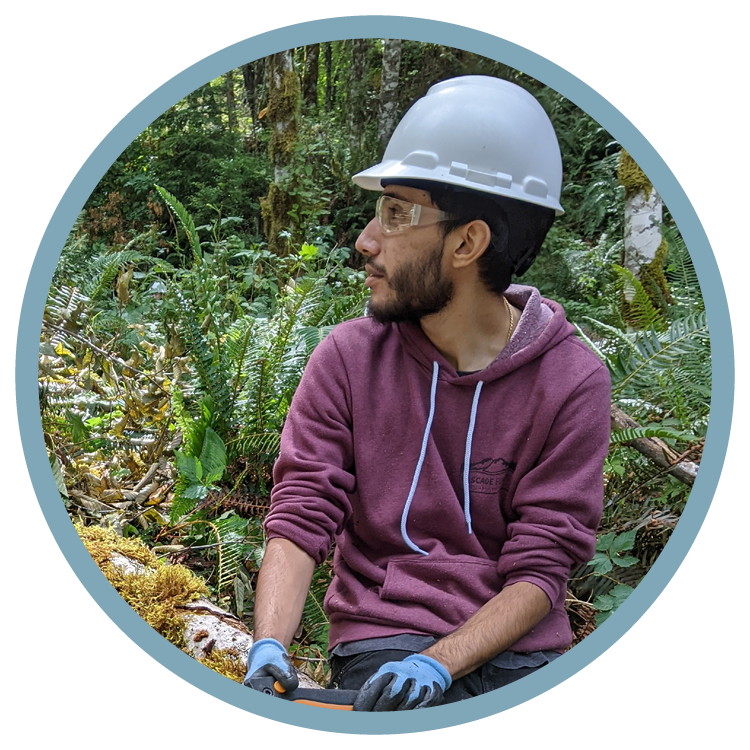
AK: What made you decide to apply to Cascade Forest Conservancy’s Science and Restoration internship?
AT: I applied to CFC because all the projects listed in the description for the internship seemed really fun. It would offer a sense of adventure in a place completely new to me. Then looking at CFC’s website, I saw more cool projects like hikes in the middle of nowhere, chances to go collect samples… It’s a short answer—I applied because it was cool, and I was like, I want to do this. I also wanted my internship to involve physical labor—I wanted fieldwork, specifically. So, I applied to CFC.
AK: Once you were here and after you completed a field season with us, what part of our work did you value most or did you deem most important?
AT: I have reflected a lot when talking with my friends about my time with CFC. I told them that during projects, I remembered thinking: this is going to have a huge impact. Even if right now it’s the beginning stages, there are going to be so many—I don’t want to say cascading effects—but there are future impacts that are going to happen because of this work.
I remember one time I was talking with friends about how even something small matters, like the project where we went out and picked seeds so they could be transplanted to a burned area of the forest. I remember Evan, the Forest Service botanist who joined us on that trip, describing the importance of the work—how the berries we picked would grow into bushes which will attract birds and lead to other things helping to reinstate the habitat and ecosystem. At the time, did it seem like we were just picking berries? Yeah. But what it’s actually going to turn into in a few years is really important. I think that was one of the most important takeaways I had from my internship.
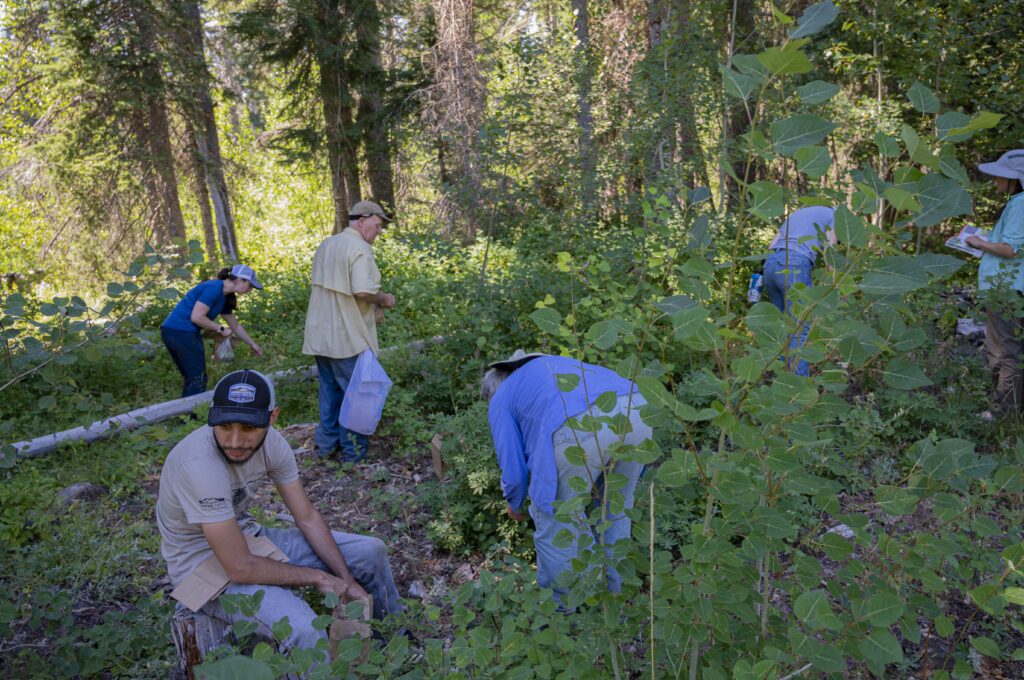
AK: Out of all the trips you participated in, which was your favorite?
AT: My favorite trip, hands down, was the wildlife camera trip. That was so much fun because, for one, that was the most I’ve pushed myself physically. Some of those cameras—when you say they’re in the middle of nowhere, that’s an understatement. These cameras are literally a block on a random tree in places where there is nothing else around. You have to find them by following a dot on an iPad. The GPS isn’t always 100% accurate, so sometimes the dot is off by a bit. But I treated that as a kind of game, and really enjoyed finding the cameras. Secondly, the trip was three days. I remember thinking, I could be out here for a week. Honestly, as long as I have enough food, let’s just stay and get em all.
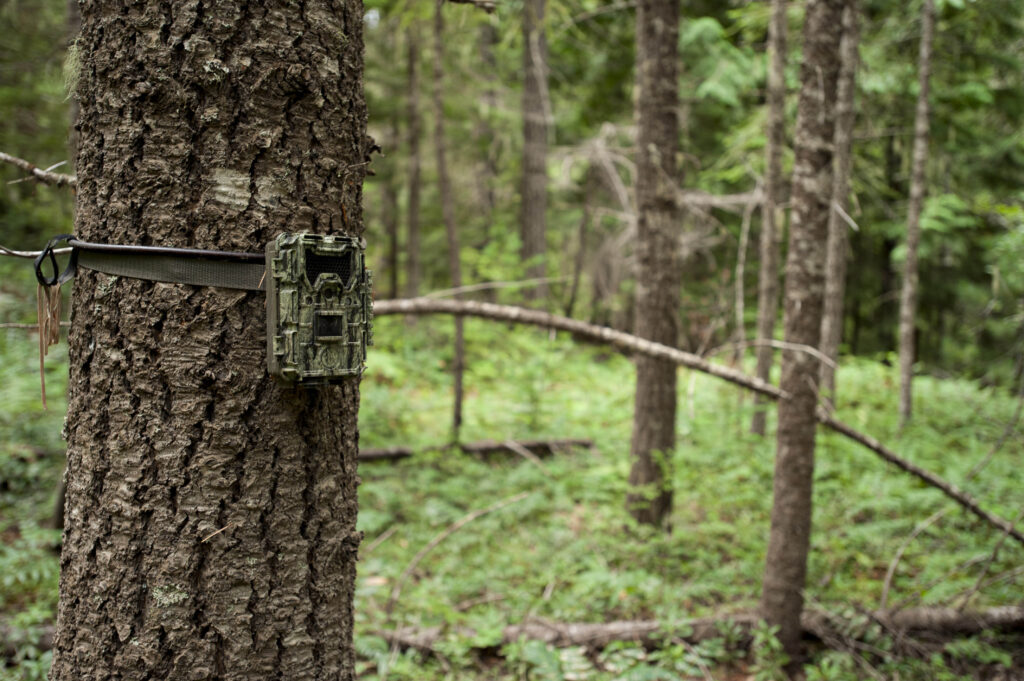
It was very rewarding being out there while getting to get these cameras and then immediately getting to see what actually crossed in front of them during the year. It was nice to go, “oh, I remember walking up there, and there was a bear here two days before we collected this camera!?” It’s terrifying. Also really cool.
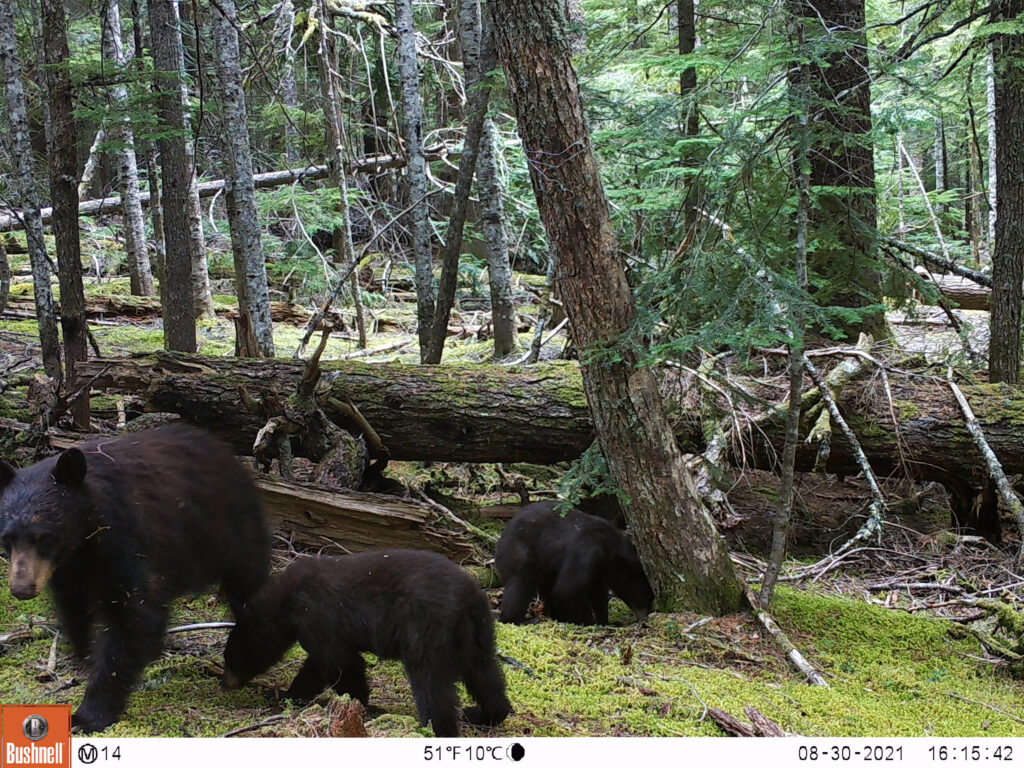
AK: Were there any other remarkable or funny stories you remember from a CFC trip?
AT: So many. The first that comes to mind is falling in the pond like I wrote about in my blog post. I remember taking a break from scouting good project locations along Stump Creek tributaries before a volunteer trip. Just for fun, we cracked opened some colorful rocks we found. You and Deb had taught me how to skip rocks and I picked one up. It was a little jagged, but I sent it flying! When I went for the next rock I saw my finger was cut! I remember both of you saying, “just put pressure on it; you’re fine.”
And I was like, “this wasn’t in the safety training!”
Another time we were at Stump Creek there was a while when workers were using a wench to move wood into the right part of the stream, so all we could do was watch from a distance in our hard hats. So to kill time, because we were there all day, we went to where the stream in our area would start. And in these little pockets with very little water, there were tiny salmon.
We were like, we gotta save these fish. They’re going to die if they stay here, and there’s a raging river, maybe a 10-15 minute walk away. It took a long time but we caught thirty or forty. The river wasn’t terribly far, but it’s a little hard when you’re bushwacking and going up and down rocks while carrying a bucket full of water and fish. I hope some of them survived. It felt good to give them a small chance.
And the “no place for a mine” hike on Goat Mountain was also really cool. That hike was so worth it. I didn’t realize how high we were going until we took breaks and looked out into the valley. Bryn (CFC’s Communication Manager) literally showed me the exact spot and angle the artist who made the postcard for the “no place for a mine” campaign had sat. I was like, oh my god! This is so high up, this is insane!
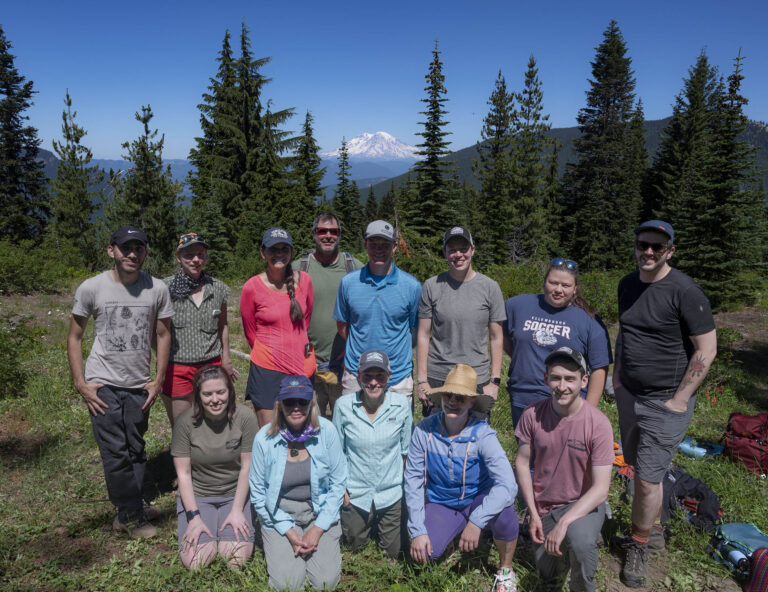
Listening to Sean (CFC’s Campaign Coordinator) and Asheley (CFC’s Policy Manager) talk about the importance of the campaign hit home a little more because we were there near the top of Goat Mountain and you could see Mt. Rainier in the distance. But they were like, “this isn’t even the best part. Wait till you get to the top.” So we took an extra few minutes to go up another half mile up to the very peak. All of a sudden it’s, here: Mt. Adamas. Here: Mount St. Helens. Turn around: Mt. Rainier. Over there: Hood. To see four mountains at once was mind blowing. It was extremely satisfying to make it up that hike and be able to sit up there and relax with that view. I can’t believe anyone would want to do anything like mining anywhere even remotely close to this location.
I thought it was really impressive that the advocacy team would go on these trips. Even the advocacy team will go out to sites they care about and are advocating for. They’re actually on site and talking about it rather than being in an office. I think that shows the passion that CFC and its staff have–becaue its not easy to get up that mountain.
Like Alex said, small things make a big difference. Supporting our work, like the projects described by Alex and others, is an action you can take today that helps preserve, protect, and restore, critical habitats in the Cascades so they can sustain and inspire generations to come.
MORE FOREST FOR THE FUTURE FEATURED STORIES
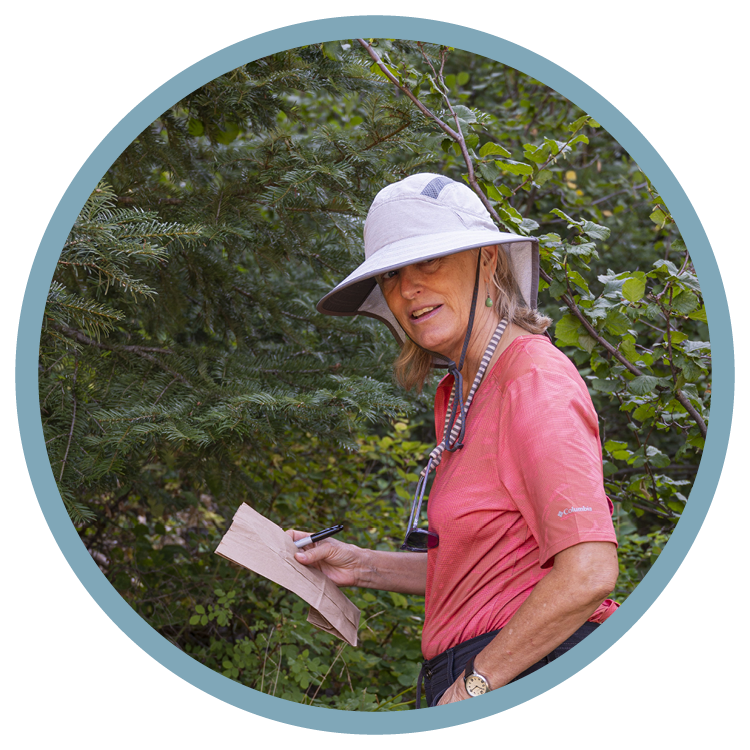
Volunteer and Supporter, Heather Gordon, on why protecting our forests means planting seeds of hope
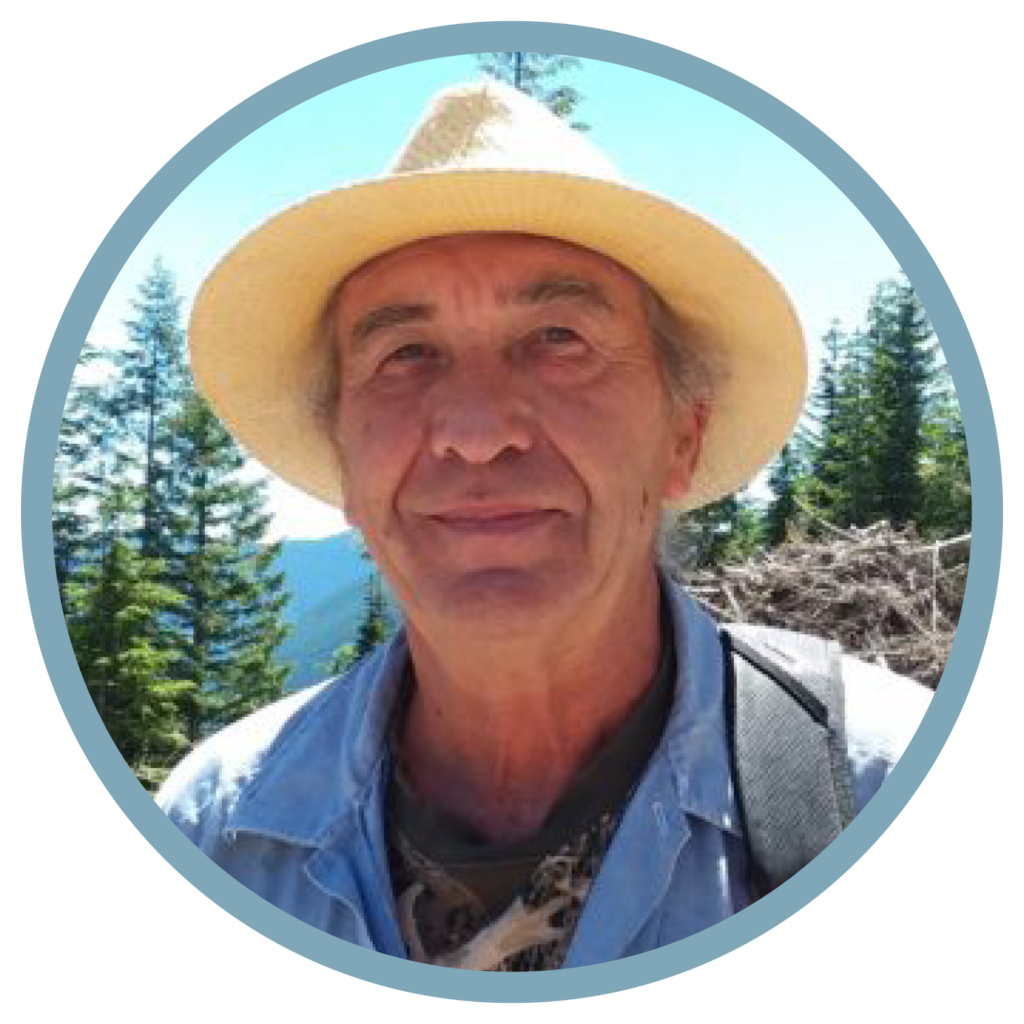
Pinchot Partners forest collaborative Chair, Pete Krabbe, on why protecting our future means investing in relationships
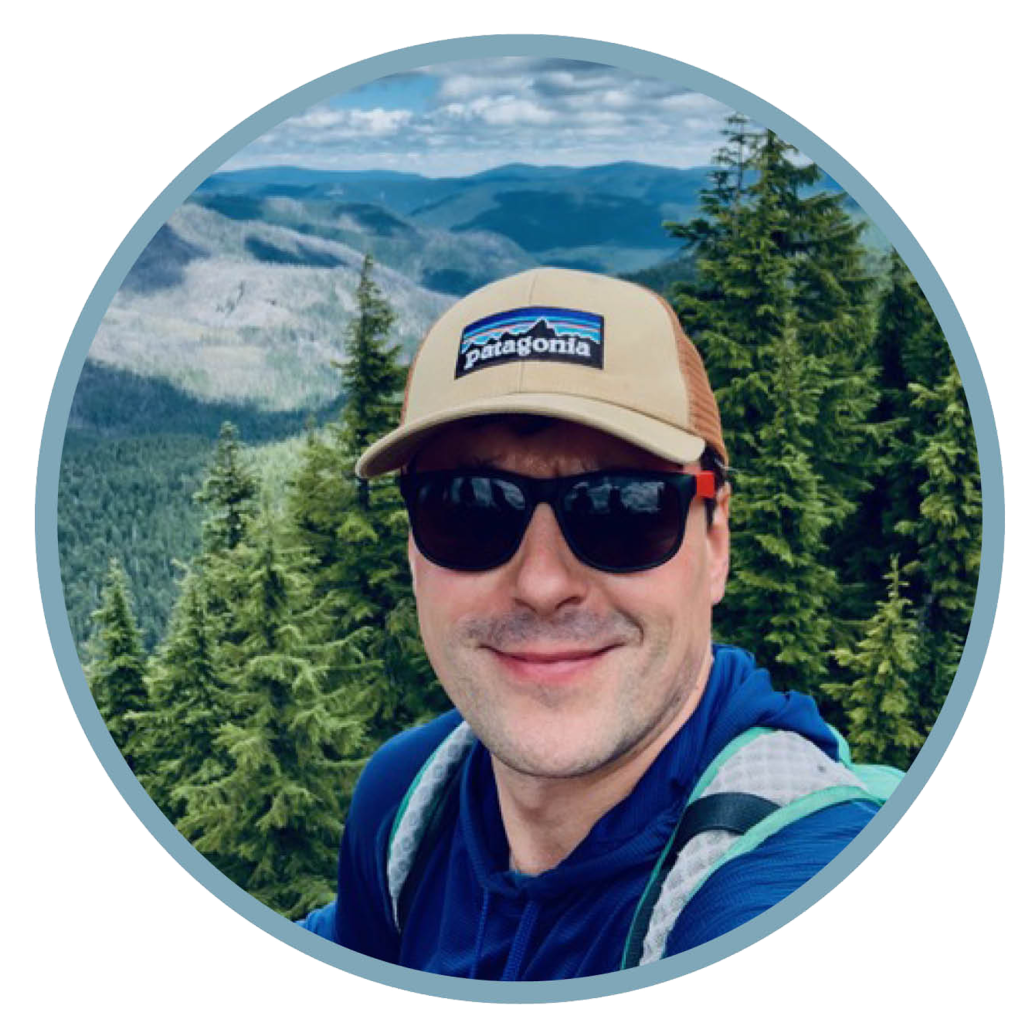
South Gifford Pinchot Collaborative Coordinator, Josh Petit, on CFC’s work with forest collaboratives
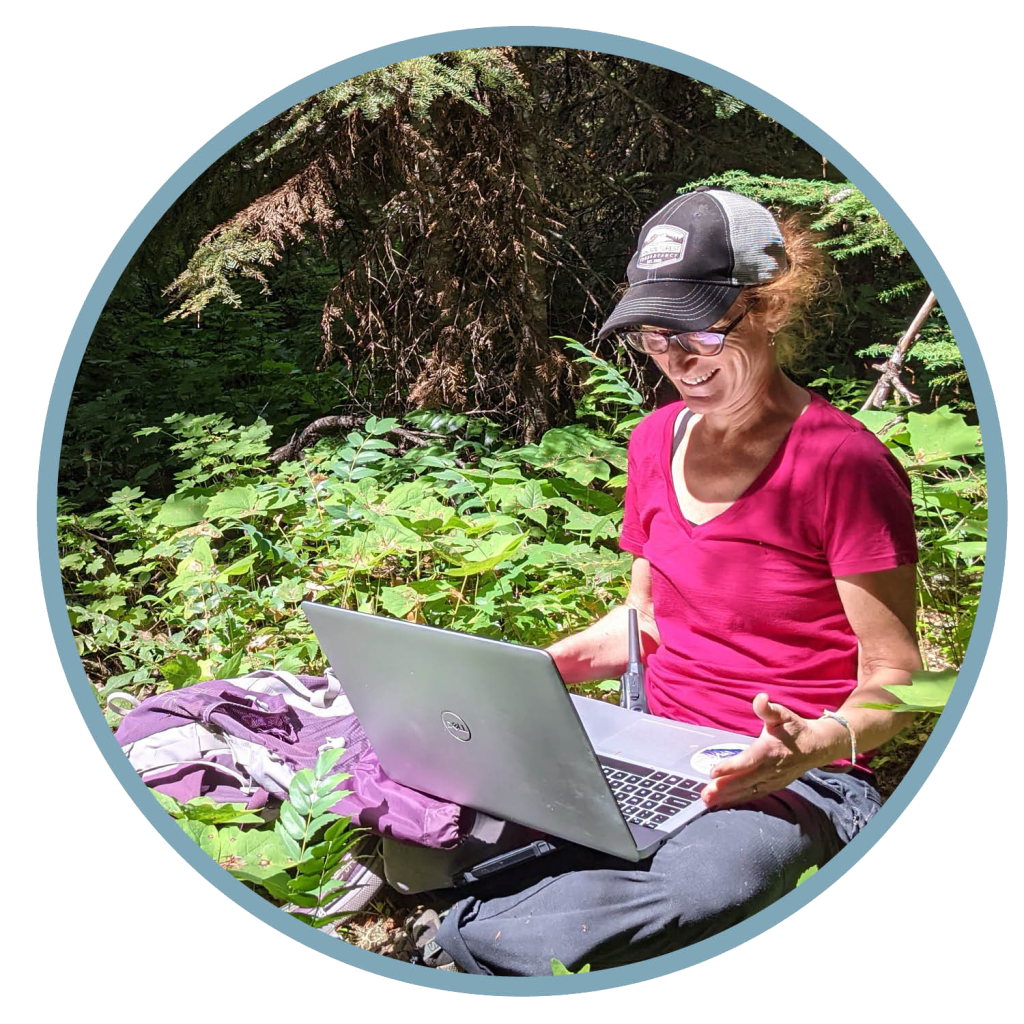
Supporter and volunteer, Kim Freeman, on why protecting our future means protecting wildlife
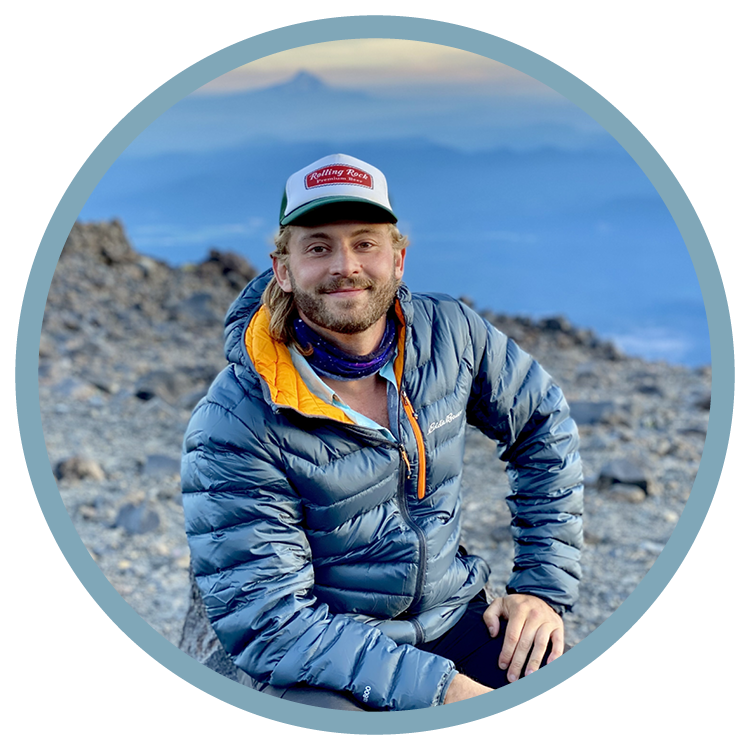
Supporter and business owner, James Owen, on why protecting our future means empowering CFC
